A War on Exhaustion. How is Russia testing Ukraine's air defences and what can we expect this winter?
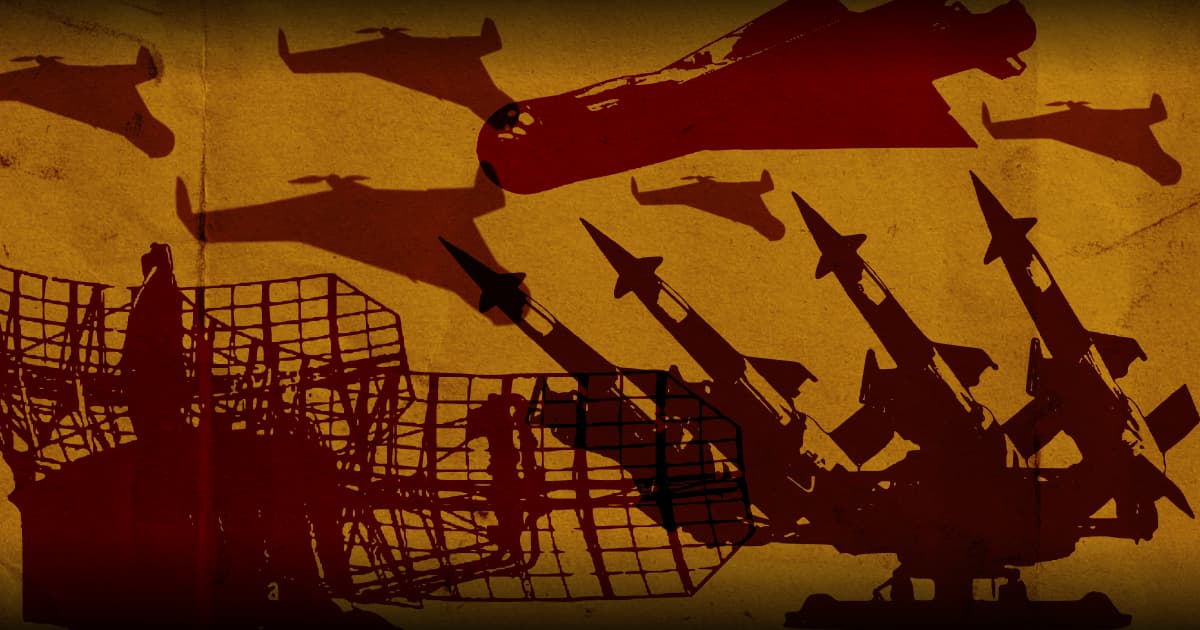
On November 17, 2024, Russia launched a massive missile and drone offensive against Ukraine, targeting energy infrastructure, residential areas and railways.
The attack involved 120 missiles of various types and 90 combat drones, causing significant destruction and loss of life in Odesa, Mykolaiv, Nikopol, and the Lviv region. Casualties were also reported in Kyiv, Odesa, Mykolaiv, and the Dnipropetrovsk region. Ukrainian air defences successfully intercepted over 140 aerial threats.
This assault marks the culmination of months of preparation. Throughout the autumn, Russian forces used drones, single aircraft, and ballistic missiles to strike Ukrainian air defence systems and infrastructure. Additionally, frontline regions such as Kharkiv, Sumy, Donetsk, Zaporizhzhia, and Kherson are facing relentless shelling.
Svidomi explains Russia’s apparent strategy to exhaust Ukraine’s air defences, clearing the way for further strikes against critical infrastructure.
Decoy drones
In July 2024, a representative of the Defence Ministry's Main Intelligence Directorate, Andrii Cherniak, revealed that Russian forces employ drones made from plywood and foam as decoys to locate Ukrainian air defence positions. Equipped with live-feed cameras and Ukrainian SIM cards, these drones transmit critical geolocation data to Russian forces moments before being neutralised.
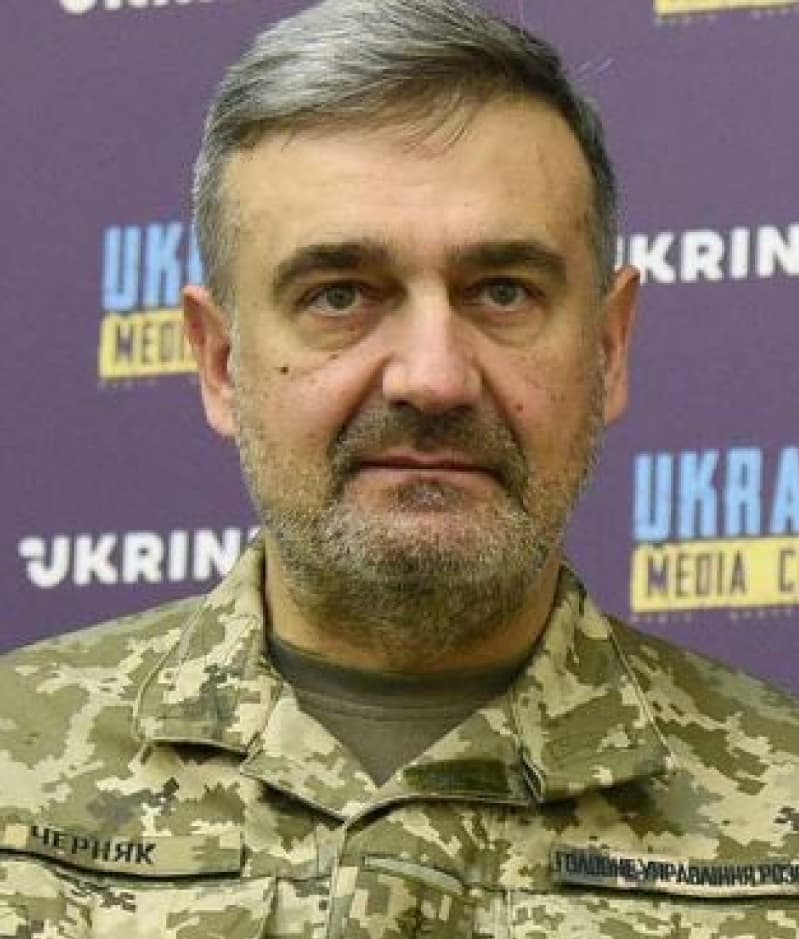
"They identify where our mobile groups are positioned, where the machine guns are that can destroy them. They're trying to get a picture of where all our air defences are located,"
Cherniak explains.
Ukraine's air defence units have been responding by deploying electronic warfare systems during large-scale drone assaults. In October 2024, Commander-in-Chief of the Armed Forces of Ukraine, Oleksandr Syrskyi, reaffirmed Ukraine’s commitment to advancing these tactics.
"We continue to equip the Air Force with modern electronic warfare systems. This will increase the reliability of protection of objects sheltered from air strikes," Syrskyi said.
Throughout September and October, Russia escalated its use of Shahed combat drones. The missiles were used for sporadic attacks. Russian-modified Shahed drones now carry thermobaric ammunition capable of generating "fire clouds" that reach 2,600°C, devastating enclosed urban areas. Recent attacks on Kyiv highlighted their destructive potential, with infrastructure and civilian lives bearing the brunt of these assaults. This is how they can cause the most damage to Ukrainians.
That is why the Russian army intensified its attacks on Kyiv in the autumn with combat drones. To inflict the greatest damage on the civilian population.
Targeted regions such as Kharkiv, Zaporizhzhia, and Donetsk have also faced advanced guided bombs with extended ranges of up to 120 km, a capability demonstrated in the attack on Kharkiv's Derzhprom. To defend itself against these bombs, Ukraine's air defence forces must destroy the carriers – fighter aircraft. To do this, Ukraine needs long-range weapons to hit airfields or to increase the number of its fighters capable of intercepting Russian aircraft in the air.
In the Kherson region, Russia has intensified drone and artillery strikes, targeting civilians with smaller combat drones like Lancets and FPVs. In October 2024, strikes on a shop in Antonivka and a medical facility in Stepanivka killed one civilian and injured eight others, including medical staff.
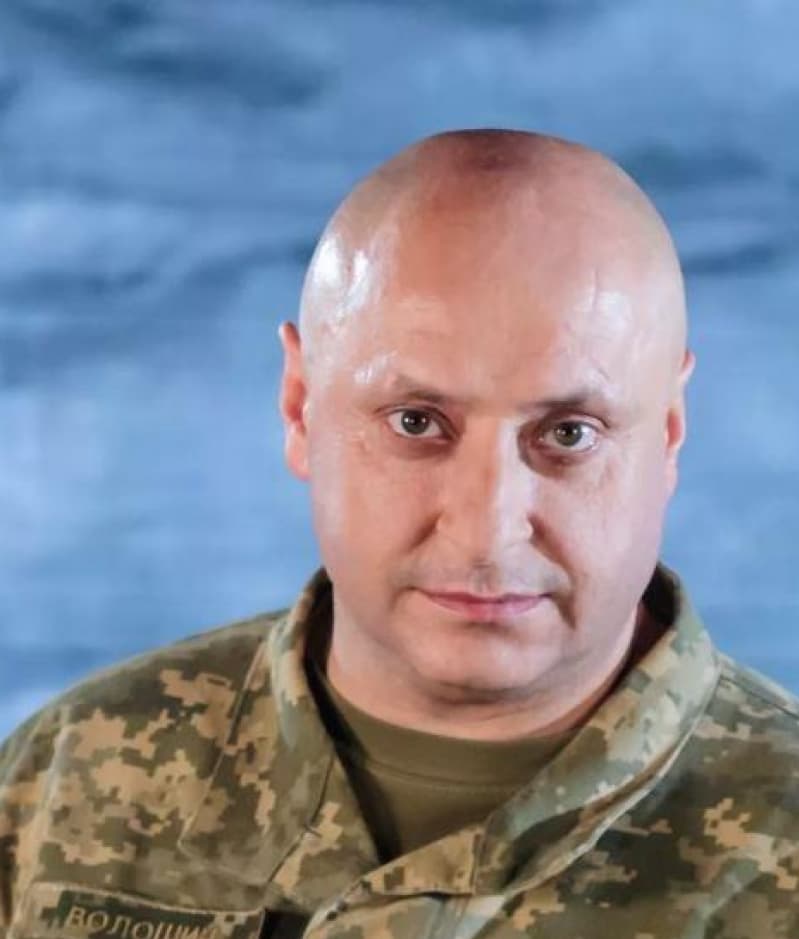
"The enemy is conducting terror against the local population like in a shooting gallery, using FPV drones to target civilians, buses, civilian cars and buildings, even shops — anywhere they see crowds of people. This is typical terror, these are typical actions of a terrorist state that wants to destroy all Ukrainians and conducts its hostilities not against the Ukrainian Defence Forces, but against the civilian population,"
explained the attacks Colonel Vladyslav Voloshyn, spokesperson for the Tavria Operational Group of Forces.
He described these acts as “typical terrorism” targeting residents in the Donetsk and Dnipropetrovsk regions. This is how the Russians are shelling Nikopol and communities close to it.
There is almost no counteraction to such attacks. The Russians use the geographical proximity of the temporarily occupied territories of Ukraine to the line of contact to terrorise the civilian population.
Russian strategic fighter jet training exercises
On the morning of November 15, six Tu-95MS strategic bombers launched from Olenya Airfield, conducting simulated missile attacks. These exercises are designed to exhaust Ukrainian air defences and instil fear, forcing civilians to seek shelter during air raid alerts. These are the types of missiles that Russians fired at Kyiv on July 8, 2024. Then they hit the Okhmadyt hospital.
This is not the first time Russia's strategic aviation has launched a missile. On November 11, the Air Force also reported the departure of eight TU missile carriers. A MIG-31 aircraft carrying the Kinzhal missile also took off with them.

On November 15, Russian strategic aviation pilots even conducted simulated missile launches – signals of shelling intercepted by Ukrainian air defence forces. The missiles were not actually launched, but the Ukrainian air defence system raised an alarm.
The simulated launches have another goal: to psychologically exhaust the Ukrainians. Although there is no actual missile fire, the air raid alert forces people to seek shelter and introduces protocols for closing massive crowded places: banks, shops, shopping centres, public transport stops, etc.
Andrii Kovalenko, Head of the Centre for Countering Disinformation at Ukraine's National Security and Defence Council, believes that simulated launches indicate that Russia is ready to act.
"This psychological pressure is part of Russia’s strategy to maintain readiness and terrorize the population,"
Kovalenko said.
One of the most recent massive missile attacks on Ukraine took place on September 4, 2024. Back then, 60 people were injured in Lviv alone, and seven people were killed. Among them were members of the Bazylevych family – Yevheniia and her three daughters: Emiliia, Daria and Yaryna. 189 buildings were damaged, including schools, a church, and 18 architectural monuments.
Earlier, on August 26, the Russians launched a massive attack on almost the entire territory of Ukraine with 127 missiles and 109 combat drones of various types. The missiles even reached the Zakarpattia region. In the Kyiv region, Russians shelled the Kyiv Hydroelectric Power Plant. In Lutsk, a resident died due to a hit on an apartment block. An infrastructure facility of Ukrzaliznytsia was damaged that day in the Sumy region.
In late October and early November, the Russian military began using combined missile and drone attacks against Ukraine with tactical aircraft and X-59/X-69 missiles. For example, on the night of October 31, Russians fired aircraft and ballistic missiles at the bridge across the Dnister Estuary in Zatoka, Odesa region.
On the morning of November 13, the Russian military targeted Kyiv with a combined attack of combat drones and ballistic missiles. One civilian sustained injuries.
On the night of November 21, Russia launched an attack on the Ukrainian city of Dnipro using what Ukrainian President Volodymyr Zelensky described as a "new missile." Zelensky declared that, based on its characteristics, including speed and altitude, it appeared to be an intercontinental ballistic missile (ICBM). Later that evening, Vladimir Putin stated that Russia had used a medium-range ballistic missile "Oreshnik," to strike Dnipro. This type of missile is designed to carry nuclear warheads. However, Putin claimed that the missile did not carry a nuclear payload during the attack.
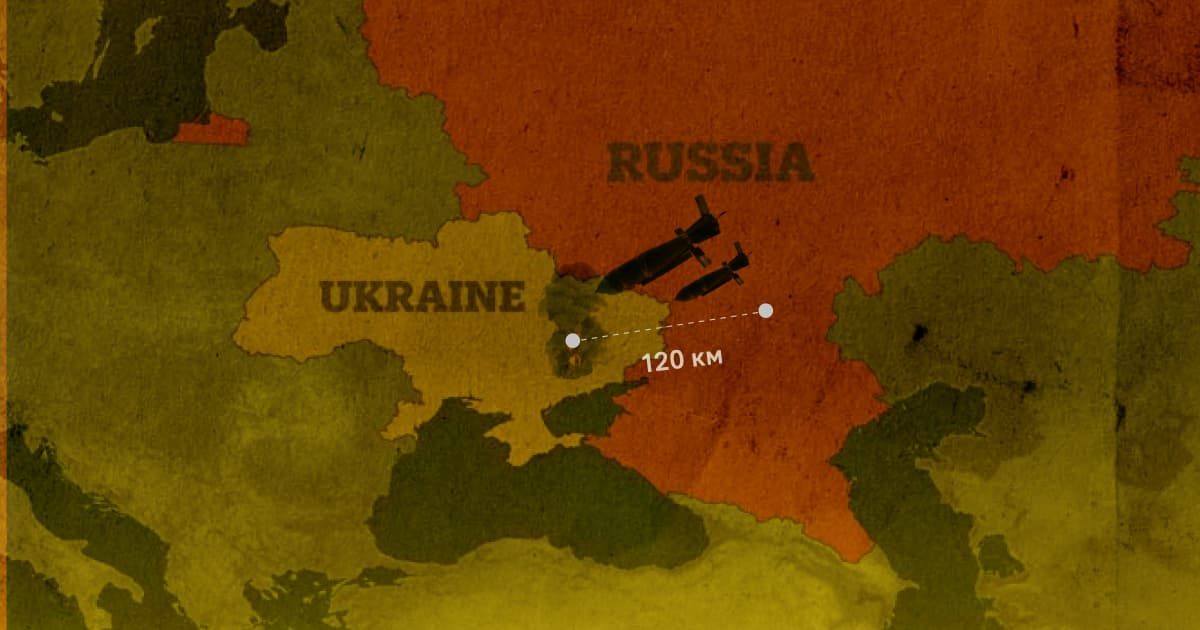
On November 11 and 15, there was no missile threat from strategic aviation. However, the use of simulated launches and the intensification of combined attacks with combat drones and ballistic and airborne missiles indicate that the Russians were preparing for massive attacks on Ukraine with various types of missiles.
How Ukraine is preparing for Russian attacks
On November 11, under the threat of strategic missile strikes, Ukraine had emergency power cuts in eight regions. The Kyiv City Military Administration reported that the blackouts were preventive.
The Ministry of Energy of Ukraine also reported that emergency power outages were used as a preventive measure during threats to energy infrastructure.
"These are preventive actions necessary to avoid systemic damage to equipment and maintain the operation of the power system during possible strikes. We ask everyone to be understanding of such measures," the Ministry of Energy explained.
Ukraine partially spent the summer of 2024 with blackouts due to the destruction of Zmiivka and Trypillia Thermal Power Plants by missile strikes. Ukraine lost nine gigawatts of electricity generation and was forced to import electricity and introduce blackout schedules to avoid overloading the system.
Preventive power outages during threats of missile attacks have been introduced to shield the grid from further damage, especially as winter energy demands rise. However, in winter, electricity consumption by both industrial enterprises and consumers always increases due to heating and short sunny days.
On November 4, Ukrenergo reported that it was already recording an increase in electricity consumption. On November 12, electricity suppliers introduced blackout schedules for businesses across Ukraine. The next day, they were cancelled, but this only indicates that up to eight hours of blackouts per day are expected in winter.
If Russia continues to attack Ukrainian energy companies, the blackouts could be longer. A drop in temperature to minus ten degrees will also be an important factor in order to introduce blackout schedules, Ukrenergo reported.
To protect its energy facilities from Russian attacks, Ukraine needs a variety of air defence systems and ammunition for them. The United States has pledged 500 missiles for Patriot and NASAMS systems.
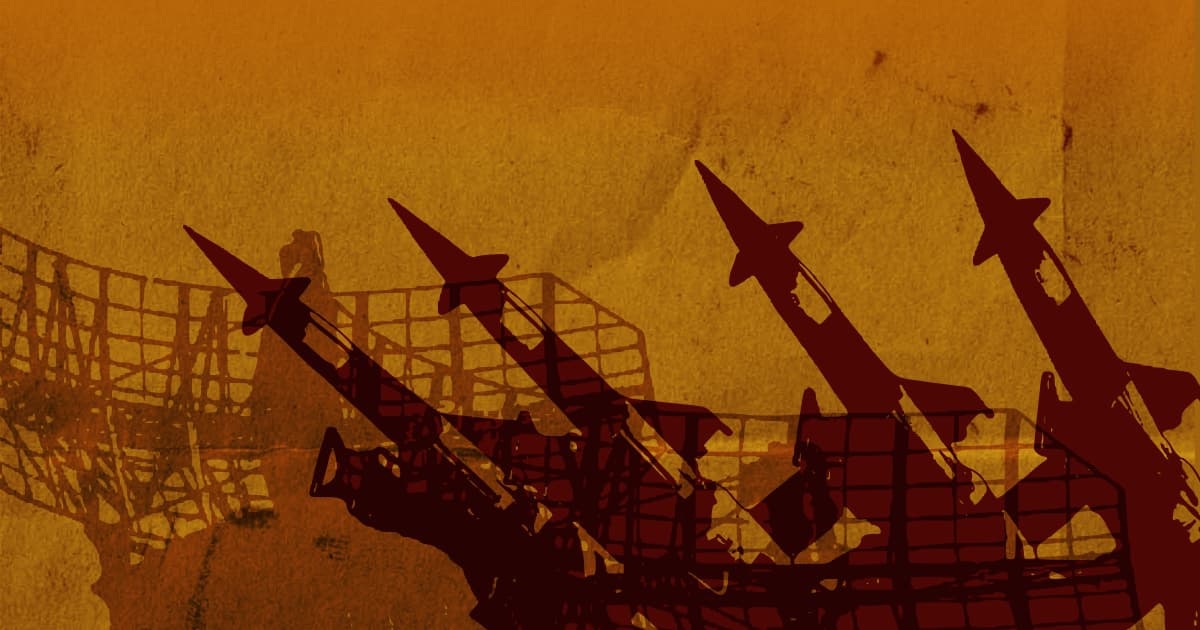
Belgium’s THALES company plans to launch the production of UAV-intercepting missiles for Ukraine ‘to counter enemy UAVs’. These will be short-range missiles capable of intercepting attack drones. The Belgian company plans to quintuple its production of UAV-intercepting missiles in 2025.
By year’s end, Ukraine expects to receive a sixth IRIS-T system from Germany, which will complement existing medium- and short-range systems. However, it is not known which type Ukraine will receive as of now.
President Volodymyr Zelenskyy underscored the critical need for robust air defences during an interview with Ukrainian Radio. Referring to Ukrainian intelligence, Russians are preparing combined attacks on Ukraine.
"We must prepare for everything — from combined attacks to protecting our energy grid. I won't talk about the number, but agreements on systems like Patriot, NASAMS, and IRIS-T ensure we are in a strong position," Zelenskyy said.
Strengthening air defence should protect Ukrainian infrastructure from massive shelling. Meanwhile, the Russians are depleting Ukraine's air defences with constant drone attacks and are gaining the necessary information about the location of air defence systems, their tactics and preventive actions. During massive combined attacks, Ukraine is unable to protect its territory, infrastructure, and people by 100%.
Only the destruction of missile carriers, infrastructure and defence enterprises deep within Russia will protect Ukraine and Ukrainians from Russian massive missile and drone attacks.


